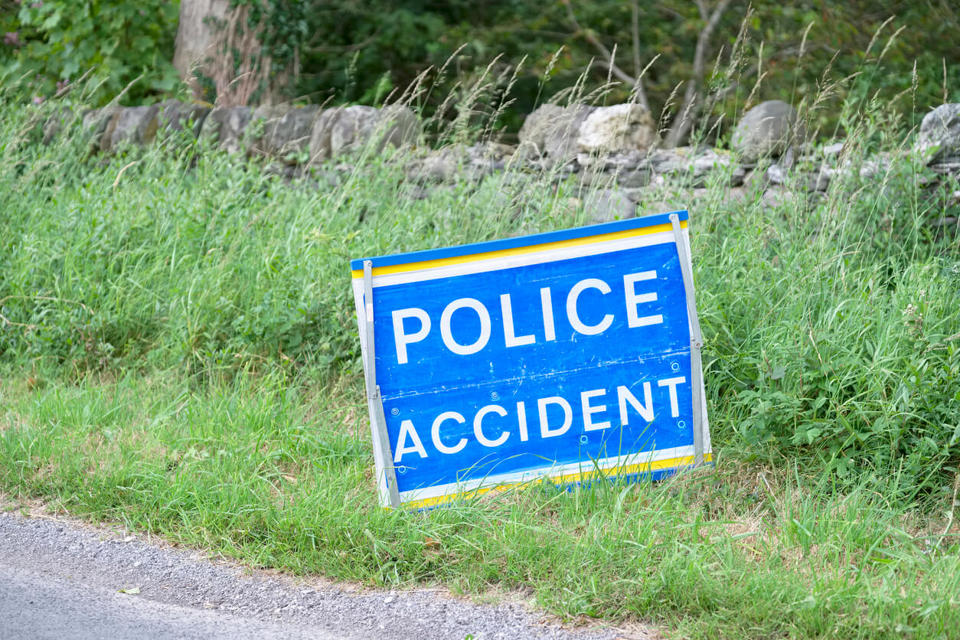The better fleet management and contract hire companies supply a safety pack with each vehicle they deliver. Some provide this for free, others make a charge
A good safety pack will contain the following items:
• Fire extinguisher
• Jump leads
• Window hammer to break the window in the event of an accident
• Yellow reflective jacket for use in breakdowns at night, particularly on motorways
• Torch
• Flashing warning lamp
• De-icer
• Screen wash fluid
• Warning triangle (this is required in many EU countries and should be placed 100 metres behind the vehicle in the event of a breakdown)
• Spare bulbs (these must be carried in some EU countries)
• First Aid kit
• A disposable camera
You should ensure your drivers know how to use of all items you provide, such as jump leads or a first aid kit. Health and safety legislation requires this.
The disposable camera is useful for photographing accident damage.
Accident pack
As well as the above safety-related items, it is good practice to have a sealed pack in each company car containing accident record forms, a disposable camera, pen, film processing envelope and witness detail sheets.
Hopefully these will never need to be used but in an accident they can be invaluable.
Winter driving
It is good fleet management practice to advise drivers to prepare their vehicles for the onset of winter. They should take their vehicles for a winter check-up at a fast-fit outlet or their normal servicing dealer. Most will provide this service for free.
Drivers should check their vehicle servicing is up-to-date. They should check brakes, lights, indicators, steering and tyres before setting off on any journey.
If the vehicle is likely to be used in a remote part of the country where severe weather routinely strikes in winter, they should carry spare warm clothes, some food and drink and a shovel in the boot.
Source: Managing Your Company Cars; Colin Tourick

















Login to comment
Comments
No comments have been made yet.